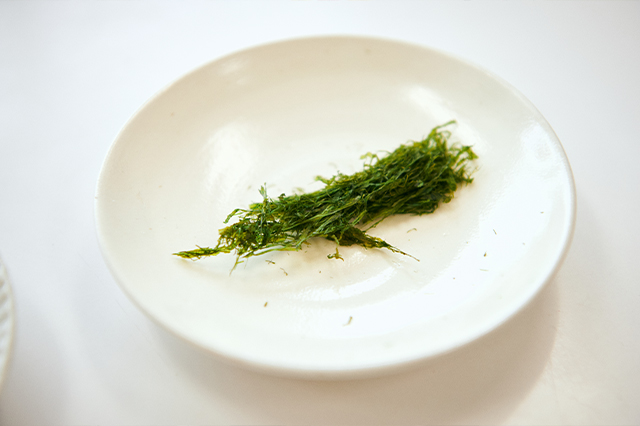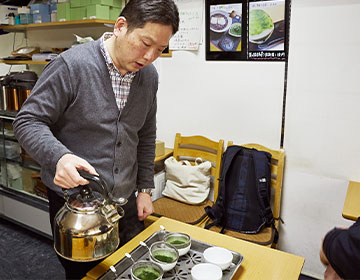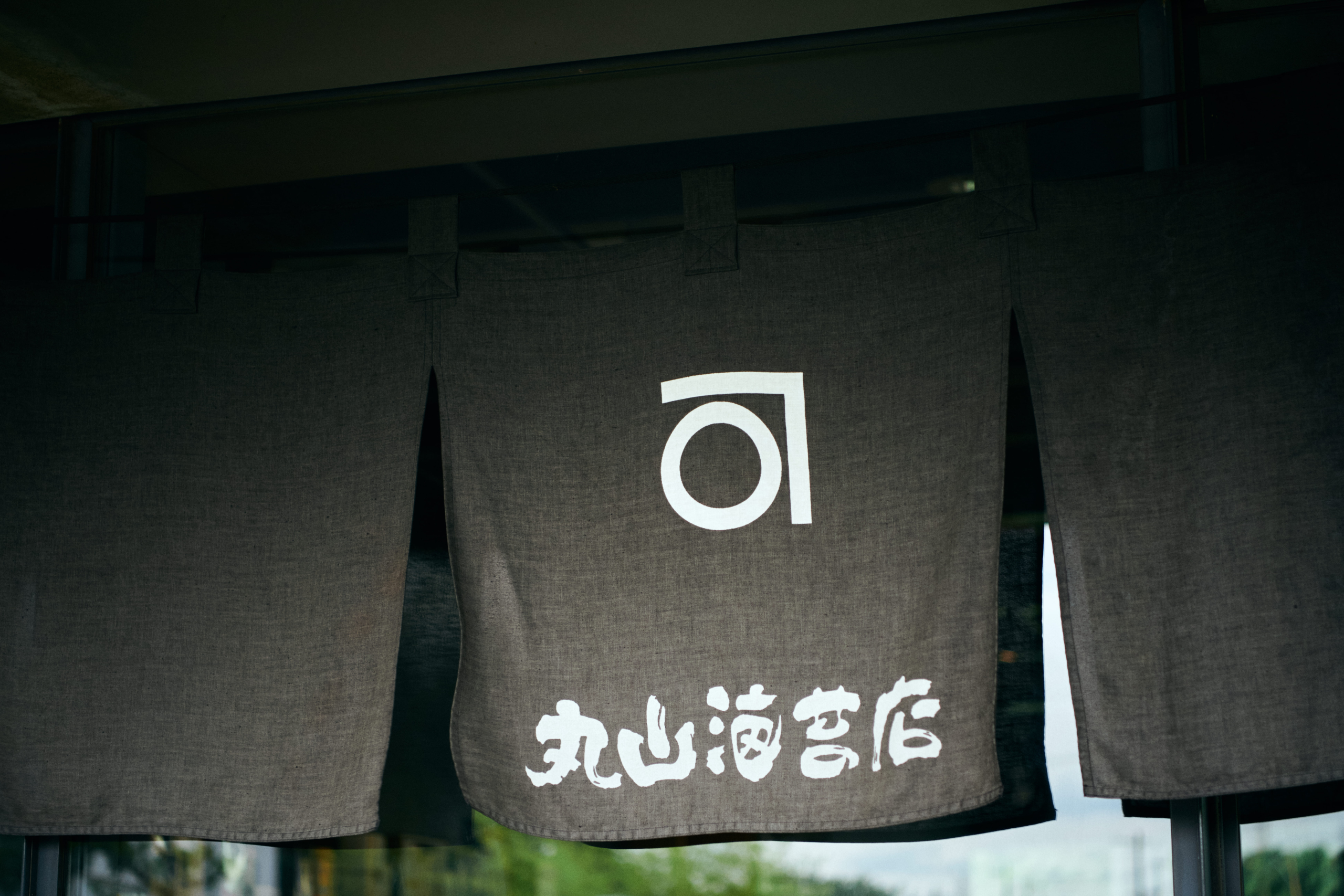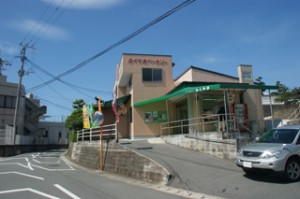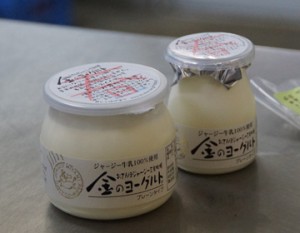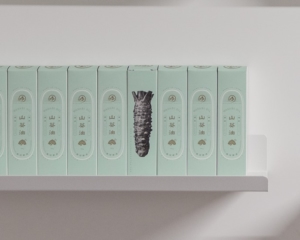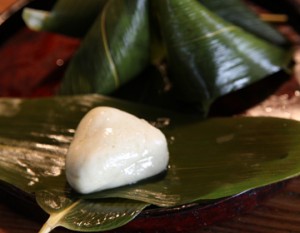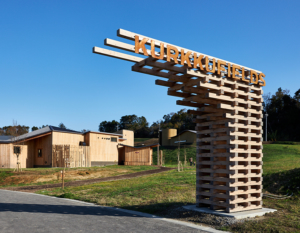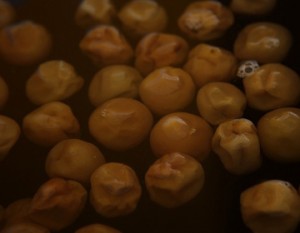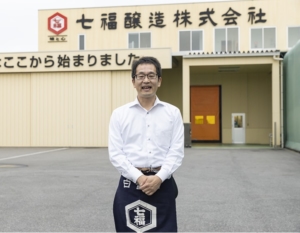Rewarding to deliver high quality laver
Maruyama Nori-ten, with its main store in Tsukiji, Tokyo, is a seaweed specialty store founded in 1854. The reason why 3,000 professionals trust Maruyama Nori is because of its consistently high quality. It is not easy to maintain stable quality because laver is a product of nature, but Maruyama Nori Store’s strength lies in its ability to always secure high quality raw materials and produce laver of consistent quality.
Akihiko Sakurai, who is in charge of purchasing, has been a connoisseur for 30 years and says, “The tension of meeting the strict demands of professionals is very rewarding. In order to meet the various demands of his customers, he visits major fishing grounds throughout Japan, carefully inspecting and tasting the fish before making his purchases. The three main production areas are Tokyo Bay, the Seto Inland Sea, and the Ariake Sea. In all of these areas, they purchase laver that has not yet fully sprouted and is in a soft state before it is picked.
The seaweed is grown in oyster shells and seeded into nets around fall, when the sea water temperature is between 14 and 18 degrees Celsius. Normally, the seaweed is picked around late November or early December when it has grown to a length of about 20 centimeters, but we stock mainly a very limited portion of 5 to 10 centimeters. By doing so, we are able to produce laver that melts in the mouth,” Sakurai says.
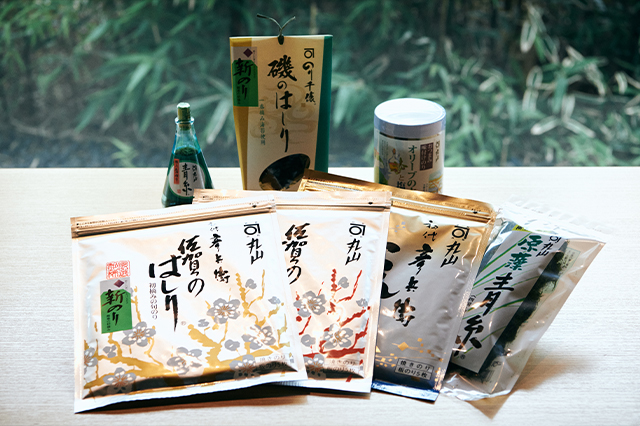
Bring out the unique flavor of the laver
The factory where the seaweed is processed is located in Tsukubamirai City, Ibaraki Prefecture. Hidetoshi Nakata, who toured the factory, was impressed by the attention to detail in the fire-roasting process. At the Maruyama Nori Store factory, the process takes more than twice as long as usual, with three and a half hours each of low and high temperatures for the flame-roasting process.
The temperature and time of firing are adjusted according to the salt content and thickness of the laver, as well as the temperature and humidity of the day.
The flavor of laver is not only determined by the skillful way it is grilled, but also by the characteristics of the region where it is grown. For example, laver from Tokyo Bay, which has long been known as “Asakusa nori,” is characterized by its sweetness with a hint of bitterness, moist and firm texture, and aroma that is enhanced when lightly roasted. Nori from the Seto Inland Sea is dark, glossy, and fragrant, and its resistance to tearing makes it ideal for thick rolls. The laver from the Ariake Sea is rich in umami ingredients, has a fresh aroma, and is both soft and crispy. Saga no Hashiri” takes advantage of such characteristics of laver from the Ariake Sea. Hashiri” is also a word meaning ‘in season,’ and it is one of the first products you should try to get to know the laver. Hikobei I,” made from specially selected weather-selected top-quality laver in the Hashiri series, is a signature product that has won the Minister of Agriculture, Forestry, and Fisheries Award three times. In addition, “Kon-Tobi,” mixed with natural green laver, has a bright aroma and is regarded as “the most similar to the laver of old.
Nakata was most impressed with suji aonori, a top-quality seaweed from the Yoshino River in Tokushima Prefecture. When you put it in your mouth, the unique flavor of green laver spreads out, followed by an elegant, herb-like, numbing bitterness that lingers in the mouth. Because of its scarcity and small harvest, it is said to be more expensive than sea urchin and is not widely available. Even a single mouthful of nori can be used in an infinite number of ways, depending on the region, variety, and degree of cooking, as well as on the ingredients used with it. It would be interesting to compare the different types of seaweed. Nori is a favorite of many chefs, but it has a lot of depth to it.

